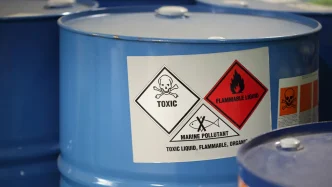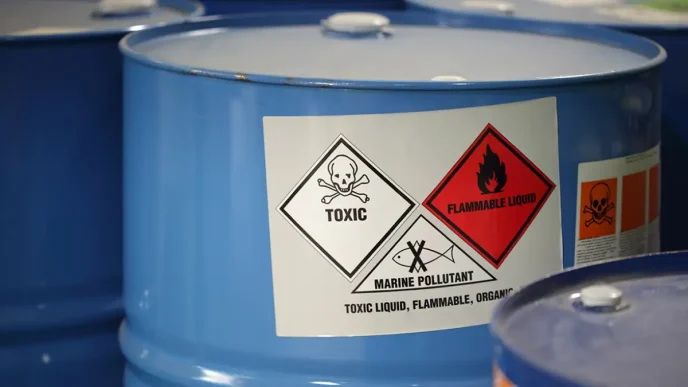The Philippines rang in the New Year with a notable reduction in firecracker-related injuries, as official figures show a 34 per cent drop compared to the previous year. This decline highlights ongoing efforts to promote safer celebrations, though experts caution that risks persist without sustained public awareness.
In a statement from the Department of Health (DOH), 340 injuries were recorded nationwide from 22 December to New Year’s Day, down from 519 cases in the same period last year. The majority of those affected were young people, with 239 cases involving individuals aged 19 and under, underscoring the need for targeted education on firework safety. While the figures offer a glimmer of progress, health officials emphasise that even one injury is too many in a country where festive traditions often involve pyrotechnics.
The DOH attributed many incidents to illegal firecrackers, such as boga, 5-star, and piccolo, which remain popular despite bans. These devices, known for their unpredictability, have led to injuries ranging from minor burns to more severe wounds requiring hospital treatment. In response, the department has reiterated advice for the public on first aid measures, including washing wounds with clean water, applying pressure to stop bleeding, and seeking immediate medical help via emergency lines 911 or 1555.
This year’s statistics also reveal a gender disparity, with 299 men and 101 women among the victims, possibly reflecting cultural norms where men are more likely to handle fireworks during celebrations. Such patterns, while not fully explained, point to the importance of inclusive safety campaigns that address societal behaviours.
Public Health Advice and Preventive Measures
To mitigate risks, the DOH has outlined clear guidelines for handling firecracker-related emergencies. For wounds, individuals are advised to cover them with sterilised gauze or a clean cloth and avoid direct contact to prevent infection. Those with eye injuries should rinse the affected area with warm water – not ice, which could exacerbate damage – and head straight to the nearest hospital for an anti-tetanus shot. In cases of accidental ingestion, consuming raw egg whites (six to eight for children, eight to 12 for adults) is recommended as a preliminary step before professional medical intervention.
These measures come amid broader efforts to curb firecracker use, including public awareness drives and enforcement of regulations by local authorities. While the drop in injuries is encouraging, it may be linked to factors such as increased policing or community education initiatives, though no direct evidence confirms this correlation. If trends continue, experts suggest, future celebrations could see even fewer incidents, provided that enforcement and education are maintained.
The cultural context of New Year festivities in the Philippines, where fireworks symbolise prosperity and ward off bad luck, adds complexity to safety efforts. This tradition, deeply rooted in the nation’s diverse cultural heritage, requires a balanced approach that respects customs while prioritising well-being. For international readers, it is worth noting that such practices are common in South East Asia, where holidays often blend local beliefs with colonial influences.
Impacts and Looking Ahead
The reduction in injuries not only alleviates pressure on healthcare systems but also spares families the emotional and financial toll of accidents. Hospitals across Manila and other regions reported fewer admissions this year, allowing resources to be redirected to routine care. However, the DOH warns that complacency could lead to a rebound in cases, especially if illegal firecrackers remain accessible through informal markets.
In analysis, while this year’s figures represent a positive shift, they highlight ongoing challenges in public health enforcement. If regulatory measures are strengthened – for instance, through stricter penalties or community-led programmes – the Philippines might achieve safer holidays. Yet, as with any speculative assessment, no evidence currently confirms the long-term effectiveness of these strategies, and outcomes may vary based on implementation.
Overall, the 2025 New Year serves as a reminder of the progress possible through collective action, even as risks linger. The DOH’s proactive advice could play a pivotal role in fostering a culture of safety, potentially reducing injuries in the years ahead.














